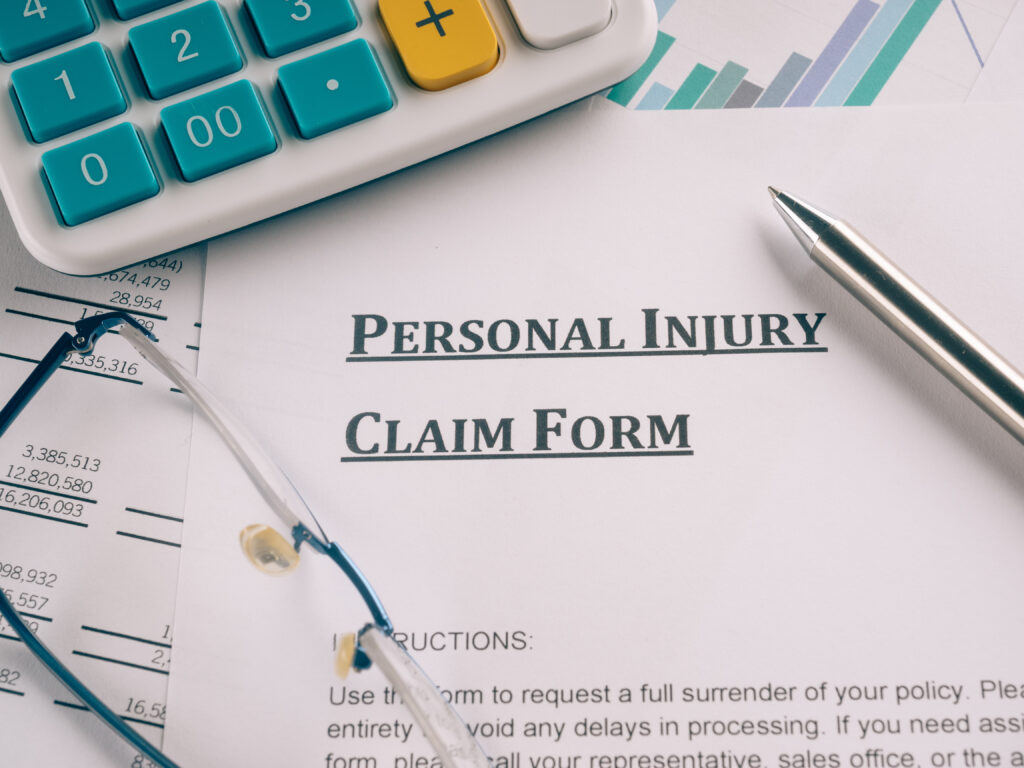4 Elements Of A Personal Injury Claim
Although mishaps caused by others’ carelessness are common, one can’t deny the confusion and pain associated with injuries or accidents. For this reason, it’s crucial to seek justice and know one’s legal rights.
One step to protecting your legal right is to file a personal injury claim. This claim is a legal case in which a victim files against the party that caused damages. In this case, the victim will try to seek financial compensation from those accused or their insurance companies. Note that personal injuries aren’t solely tied to physical injuries. Often, reputational, financial, and intentional damages can be combined with physical injuries as grounds for this claim.
Aside from these, it’s crucial to know the elements that prove that the accused party is guilty. To help you get a deeper understanding of establishing your claim, here are the four primary elements of a personal injury claim:
1. Duty To Exercise Reasonable Care
People should reduce risks to themselves and others by exercising proper conduct. This is known as the duty to exercise reasonable care, which can relate to the majority of circumstances in one’s daily life.
The first step for those filing personal injury cases in Seattle or other areas is to prove someone has this duty. Generally, this is relatively satisfied if the victim is near the person who’s potentially at fault.
One example of how this duty applies is that people driving must conduct themselves appropriately with those close to their vehicle, such as pedestrians or motorcyclists. Likewise, this duty can apply to homeowners or business owners who own private properties if a slip-and-fall accident occurs. In some cases, it could be viable to government entities if an accident happened on public properties.

2. Failure To Exercise Reasonable Care
Failure to practice the duty of reasonable care is the second element that one must satisfy to prove someone is guilty of violating a personal injury law. Usually, breaching such a duty may come from the accused party’s omission or action.
An example of this element is when an individual who drives fast causes an accident with your vehicle, potentially leaving you with back pain or broken bones. As the victim, you can determine that:
- This driver had a duty to drive at an appropriate speed. This is how the person must exercise reasonable care.
- As the driver irresponsibly drove the car at high speeds, the actor failed to exercise the duty of reasonable care.
Ultimately, failure to exercise the duty of reasonable care is crucial in all personal injury claims. For one, it shows why the victim filed the case.
3. Causation
Causation means that the person’s mistake of not exercising reasonable care resulted in injury. Although reckless or careless actions aren’t all to blame for, they must at least play a role in the victim’s injury.
This element has two parts. First, the defendant’s action must be the cause, in fact, of the victim’s injuries. Second, there must be an identified risk based on the accused party’s actions that resulted in another’s injuries.
One example of causation is when the first driver became scared because of the excessive speeding of the second driver. Thus, the first driver also immediately speeds up to go far from the roadway. Because of this, the first driver crashed into another car. Even if the second driver’s recklessness caused the first driver to go at improper speed, the crash occurred because of the first driver. And so, the first driver is the one who caused the accident and will likely be liable.
4. Damages
You must prove that you sustained injuries to file a personal injury claim. Damages are what’s called for these injuries and the costs tied up with them. It’s the last element that one must consider.
Below are typical damages that may grant the filing of a personal injury case:
- Medical Costs
- Pain And Suffering
- Lost Income
- Disability
Ideally, an experienced personal injury lawyer can help prove this fourth element during the case proceedings. These legal experts will be responsible for establishing this element, increasing your chances of winning the case, and getting the proper compensation.
Wrapping Up
Filing a personal injury claim is the best step to seeking justice and compensation after someone caused injuries to a victim, either because of negligence or recklessness. To speed up the legal process, hiring a lawyer acquainted with personal injury laws is the ideal action.
Furthermore, when filing a personal injury claim, it’s crucial to prove the four elements that show that the accused party is guilty. This article tackled what those four elements are. Ultimately, knowing these elements is a vital step to winning the legal case.




